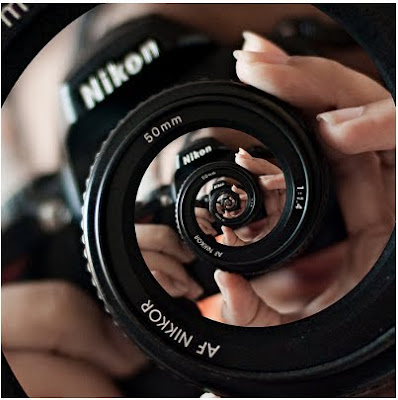
Coffin what? Say that again??
I know this may sound quirky but it is not my intention to be so. When I first came across Coffin Academy, I was a little taken aback. I thought it was a prank or a joke gone wrong. I went ahead to find out more, nonetheless.
It turned out that it was more than just a gory name.

Coffin Academy is a seminar that was launched in February 2009 and run by Jung Joon from South Korea. Here, you get to attend your own 'funeral and experience your own 'death' at US$25 per session.
At the seminar, a group of about a dozen learns the 'meaning of life' and goes through hours of 'soul-searching' exercises. The learning wraps up with a tearful group writing their last words and tombstone epitaphs before their 'death'.

They will then proceed to try the size of the casket before 'dying' in there. The participants will each step into their own wooden casket and lie in there, face up, for 10 minutes. Meanwhile, the lids of the caskets are shut and within, they 'rest in peace' in total, claustrophobic darkness.
So far, the 'how' part sounds weird if not disturbing.
Jung explains that death simulation is a way to motivate people to improve their lives. This may be a good thing given that South Korea has one of the highest suicide rate.

However, opposers think that it will further promote death fetishism. They warned that such sessions may lead to the idea that "life in the underworld" is much better.
There is obviously no lack of takers. Besides individuals, companies are also sending their employees to experience 'death' and benefit from this unconventional program. Some even make the program a compulsory segment of their corporate training.
For example, the Kyobo insurance company has required all 4,000 of its employees to attend such sessions as they believe this is an inventive way to boost productivity.

You get the idea so far, don't you? Yes, Jung intends to teach the people that it is not a good idea to take your own life. Jung explains that he came to appreciate the fragility of life when he donated a kidney to his ailing father some years back.
The seminar, he believes, does not encourage death. Instead, the participants get to appreciate the preciousness of life.

In the 'last letters', the participants would address their 'last thoughts' to their loved ones. They often recount their regrets and ponder over how they might have done things differently. In short, it is a hard moment of self-reflection.
Jung believes that the 'fake death' session has a more impactful effect in getting people to think about their lives. A victim of a failed suicide himself, Jung is committed to let people understand the priorities in life and that each day really counts.
In an interview with BBC, Jung shared that one participant, after experiencing his own 'death', came to understand the importance of family. He made the first move and contacted his mother whom he has not spoken to for 30 years.

If the 'fake death' seminar sounds scary to you, you are not alone. Jung recounted that some participants hesitated when it was their time to step into the wooden caskets. Some would ask for the lid to stay open. To these people, the fear of death is real, even though they know they would 'come alive' again after 10 minutes.
I can imagine the whole session to be so emotionally-charged. When we are alive, we rarely give a thought to the things we can undo and improve while we still have the chance. People often change for the better only after they have had a near-death experience.
Why wait till then?

Since the time of early civilization, men have asked for the meaning of life and many never found an answer. This is precisely so because the answer is a complex one, fusing philosophical and religious concepts.
In their pursuit of the real meaning, people have often insisted on their own interpretation. They hardwire the meaning into their brains and refuse to see alternative views.

Today, the world remains divided and tensions amongst the various groups of beliefs continue to threaten peace. It is not my intention to demonstrate the inclination of my belief in this article. Rather, all I want to say is that, I can definitely agree with Jung on one thing:
Life is precious and everyday counts.
See report on L A Times.
"Life is a foreign language; all men mispronounce it.
~Christopher Morley~
(1890-1957)



































































